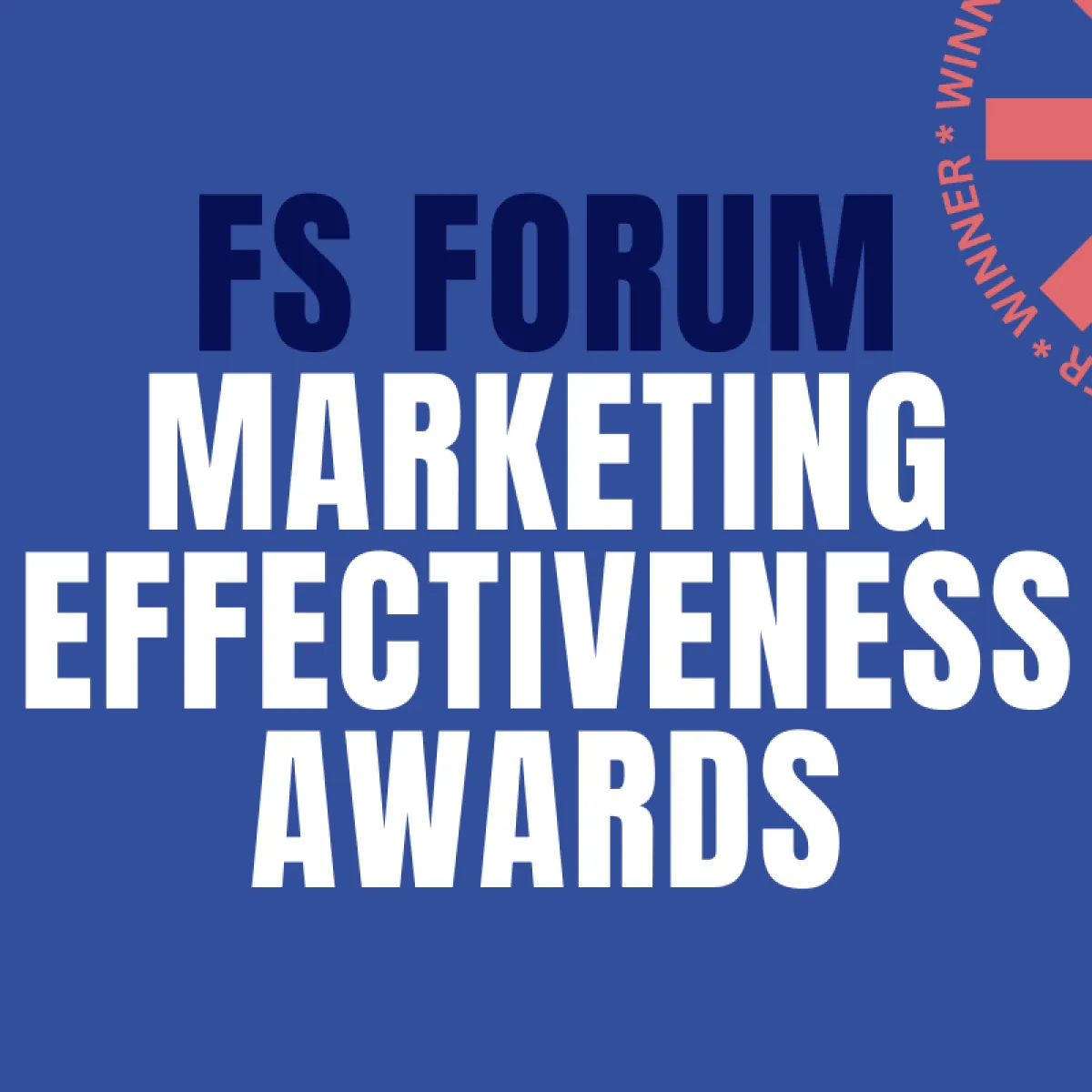This website uses cookies. Learn more
International Guest Author Series
Ciro Dias dos Reis is Global Chair of PROI Worldwide, our own Chair Clare Parsons preceded him in this role. PROI is home of the leading global independent integrated communications agencies. Ciro founded his agency Imagem Corporativa in Brazil in 2001, and established PROI’s global sustainability group, of which Lansons is a founding partner. He is also board member of the the International Communications Consultancy Organization (ICCO) and member of the Advisory Council of Grady College of Journalism and Mass Communication, University of Georgia (US).
We asked Ciro to share some thoughts on sustainability from his perspective.
When thinking about sustainability so early in 2021, it is obvious to consider the return of the US to the Paris Agreement as one of the most relevant events of the year, not only for its symbolic relevance, but for its concrete impact on the global scenario. The commitment signed by 195 countries during COP-21, in December 2015, focused on the reduction of greenhouse gases and global warming but its scope goes far beyond. Despite some obstacles between concept and reality, it outlined a new type of commitment between nations, governments, and companies.
The search for more collaborative formats has gained ground in recent years, as demonstrated by the growing concern towards the environment on all continents, as well as the acceptance of common criteria in terms of ethics, compliance, governance and social equity. The Covid-19 pandemic injected additional energy in this direction, not only due to the countries' evident interdependence in the manufacturing and distribution of vaccines and active ingredients needed to produce them. Epicenter of global business thinking, the World Economic Forum defined the pandemic as the trigger for “The Great Reset”, a call for stakeholders to cooperate and manage the negative impact of Covid-19 by reshaping the way of doing business.
Green, circular and regenerative are some of the words often associated with economics and business, addressing the need to rationalise operations and rebuild supply chains without neglecting the human factor. Based on the various endorsements from different trendsetters and decision makers, a new global picture is taking shape, and this is not a matter of political or ideological orientation.
In a recent article entitled “Does a sustainability leader add value at the board level?”, the Financial Times discusses the role of leadership. Lindsay Hooper, from the University of Cambridge's Sustainability Leadership Institute, says: "There is a growing need for boards to lead and constructively challenge the executive team to take a strategic approach to sustainability,” she says. “This requires not just dependence on a Chief Sustainability Officer, but a board that is able to guide a strategic approach that proactively develops solutions to difficult issues such as navigating the economics of transition to a sustainable future.”
In fact, it's like a puzzle: the first pieces can be difficult to find and assemble, but the process speeds up as the first images start to appear.
During the 1980’s and 1990’s discussions were much more restricted to specialists in the environment; in the 2000’s the corporate world began to understand the enormous complexity of the climate and its potential negative impacts on the economic and social dimensions. The 2010’s definitely included business leaders and political leaders willing to take concrete action, broadening the vision towards an ESG approach.
There is no more room for ideas limited to the territory of the speeches. As the American author, poet and philosopher Ralph Emerson said in the 19th century: “What you do speaks so loudly that I cannot hear what you say”.
Stay in the loop with our experts




New Business: to find out how we can help you, contact our dedicated new businesss team consultancy@lansons.com
Careers: we’d love to hear from you, please visit our careers hub











